UHYPER Subroutine in ABAQUS
€ 70.0
This tutorial teaches you how to define the strain energy of hyperlastic isotropic materials dependent on the field variable or state variable. This Training package including mandatory and optional parameters, and the results of the Subroutine for verification are compared with the ABAQUS results.
| Expert | |
|---|---|
| Package Content |
.inps,video files, Fortran files (if available), Flowchart file (if available), Python files (if available), Pdf files (if available) |
| Tutorial video duration |
45 Minutes |
| language |
English |
| Level | |
| Package Type | |
| Software version |
Applicable to all versions |
UHYPER Subroutine in ABAQUS introduction
There are several subroutines in ABAQUS that can be used if the software’s graphics environment is inadequate. One of these is the UHYPER subroutine, which is used to define the strain energy of hyperlastic isotropic materials. This subroutine is invoked for all points referred to the subroutine and can dependent on field variable or state variable. The applications of this subroutine, which are dependent on the problem, equations, and theory, can be widely applied to industrial and academic applications.
It should be noted that if the strain energy density function of your isotropic material is determined, it is easier to use UHYPER subroutine instead of UMAT subroutine.
This package provides some examples of how to write UHYPER Subroutine including mandatory and optional parameters and the results of Subroutine for verification are compared with the ABAQUS results.
You can find general information about this subroutine here. If you are interested in learning more about the application of different subroutines and some basics and recommendations to write the subroutine in Abaqus, I recommend this article from the blog section.
Workshop 1: Implementation of Neo-Hookean material behavior in ABAQUS via subroutine
In this workshop, the subroutine variables are reviewed. Then, the Neo-Hookean equation is introduced and the subroutine is written and explained line by line. To implement the subroutine, some settings are required in Abaqus/CAE. In this workshop, a single element model has been loaded in the x-direction and its behavior has been analyzed using the UHYPER subroutine and Abaqus Neo_Hookean model. Finally, the results of the subroutine are verified with the UHYPER subroutine
Workshop 2: Simulation of Rigid ball pressing against a Hollow Block in ABAQUS via subroutine
A hollow block containing a cavity has been loaded by a rigid ball and all needed surfaces have contact constraints. the same Neo_Hookean model is used for this problem. After problem description, settings are defined in Abaqus CAE and compared the subroutine results with Abaqus/CAE.
The Abaqus user subroutine allows the program to be customized for particular applications unavailable through the main Abaqus facilities. You should write a user subroutine if you could not run your analysis by ABAQUS built-in models for materials, loads, properties, elements, etc., for example, if you need to model a user-defined nonlinear stress-strain relation, which is not provided by Abaqus, then look for UMAT user subroutine. A more simple subroutine is DLOAD, which allows the creation of user-defined loads. If it is your first time writing a subroutine like DLOAD, please read the Start Writing an Abaqus Subroutine: Basics & Recommendations article. After reading this post and watching this tutorial’s demo video, you will definitely decide to save time in Abaqus modelling and get this Dloadtraining package. If you have questions, ask here on our live chat on the left side of this page.
- What do we learn from this package?
- Teaching plan and Prerequisites and Next steps
- Package specification
You can watch demo here.
- When do you need to use?
- How to use UHYPER Subroutine?
- How to use in example step by step
- How to verify the subroutine with ABAQUS Software
- General overview about how to write UHYPER subroutine
- Main Neo-Hookean equations to write subroutine
- Writing subroutine step by step
- Setting in ABAQUS/CAE to Implement the subroutine (incompressible and compressible)
- Implementation of Neo-Hookean Form without subroutine (incompressible and compressible)
- Comapre results between using UHYPER subroutine and ABAQUS/CAE
Workshop 2: Simulation of Rigid ball pressing against a Hollow Block in ABAQUS via UHYPER subroutine
- Problem Description
- Setting in ABAQUS/CAE to Implement the subroutine (incompressible and compressible)
- Implementation of Neo-Hookean Form without subroutine (incompressible and compressible)
Users ask these questions
In social media, users asked questions regarding Abaqus Hyperelastic issues, and we answered a few of them; you can see them below.
I. Simulation of hyperelastic materials
Q: Hello, I’m trying to figure out how hyper-elastic materials function. For this, I’d like to use Python or Matlab to implement the simplest instance feasible. A beam fixed on one side is subjected to a traction test, which is solved using a 1D finite element approach.
The mesh is nothing more than a series of 1D elements with 1 degree of freedom connected by nodes. It’s simple to write the stiffness matrix and calculate F=KU in the case of a linear material. If I want to utilize a hyperelastic behavior law (such as Moonley Rivlin or Neo Hookean), I can’t figure out how to create the stiffness matrix; for me, it would be something nonlinear like K(u), which would necessitate an iterative approach to inverse the matrix.
In 1D and static, I can’t find any examples of straightforward implementation/discretization of a hyper-elastic behavior law. Is there anyone who knows how to code this? Or the overarching concept of hyper-elastic law?
The majority of the resources I found are too theoretical to be useful in practice.
Thank you for your assistance.
A: Hello, If you want to use only the coding platform, I have a suggestion. You can use the ABAQUS subroutine called UHYPER. There you would be able to write any conditions or use any theory you want to model a hyper-elastic material. Actually, there is an example with Neo-Hookean theory in the link below. I think it could help you. UHYPER Subroutine in ABAQUS Best regards.
All the package includes Quality assurance of training packages. According to this guarantee, you will be given another package if you are not satisfied with the training, or your money is returned. Get more information in terms and conditions of the CAE Assistant.
All packages include lifelong support, 24/7 support, and updates will always be sent to you when the package is updated with a one-time purchase. Get more information in terms and conditions of the CAE Assistant.
Notice: If you have any question or problem you can contact us.
Ways to contact us: WhatsApp/Online Support/[email protected]/ contact form.
Projects: Need help with your project? You can get free consultation from us here.
- Online payment: with MasterCard, VisaCard and etc.
- Offline payment: In this payment method, you should pay via PayPal and send your payment receipt as an attached file in the offline payment form.
- via download link After purchase, a download link will be sent to you a zip file included training videos, documents and software files.
- Send us your machine ID
To access tutorial video run the .exe file on your personal pc and send the generated code to [email protected] and wait for your personal code, which is usable only for that pc, up to 24 hours from CAE Assistant support.
Here you can see the purchase process of packages: Track Order
2 reviews for UHYPER Subroutine in ABAQUS
Clear filtersYou must be logged in to post a review.
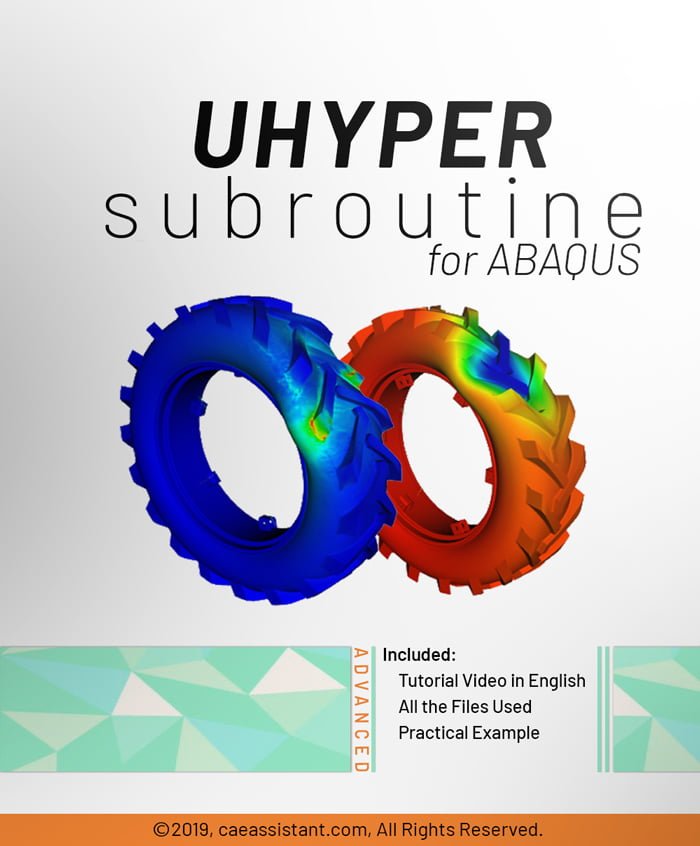
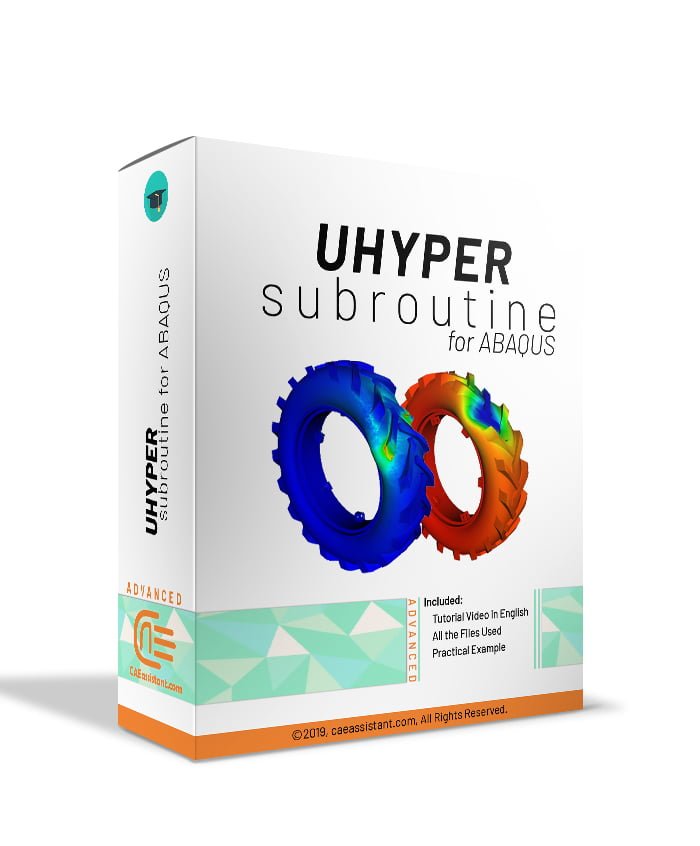
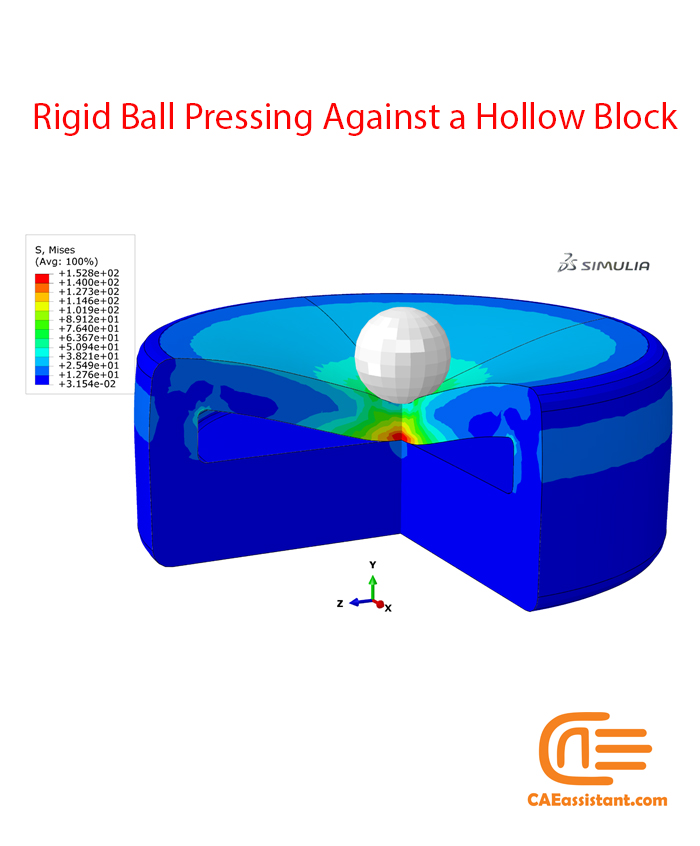
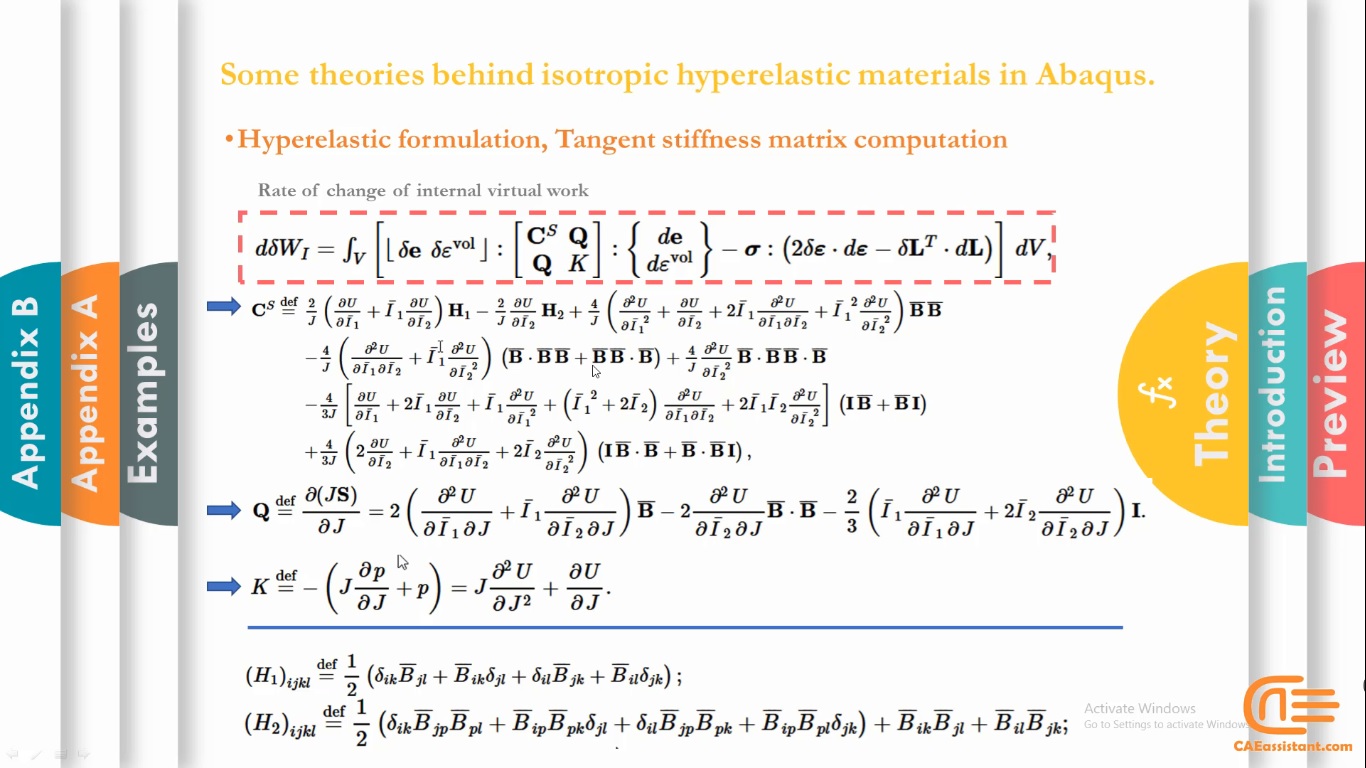

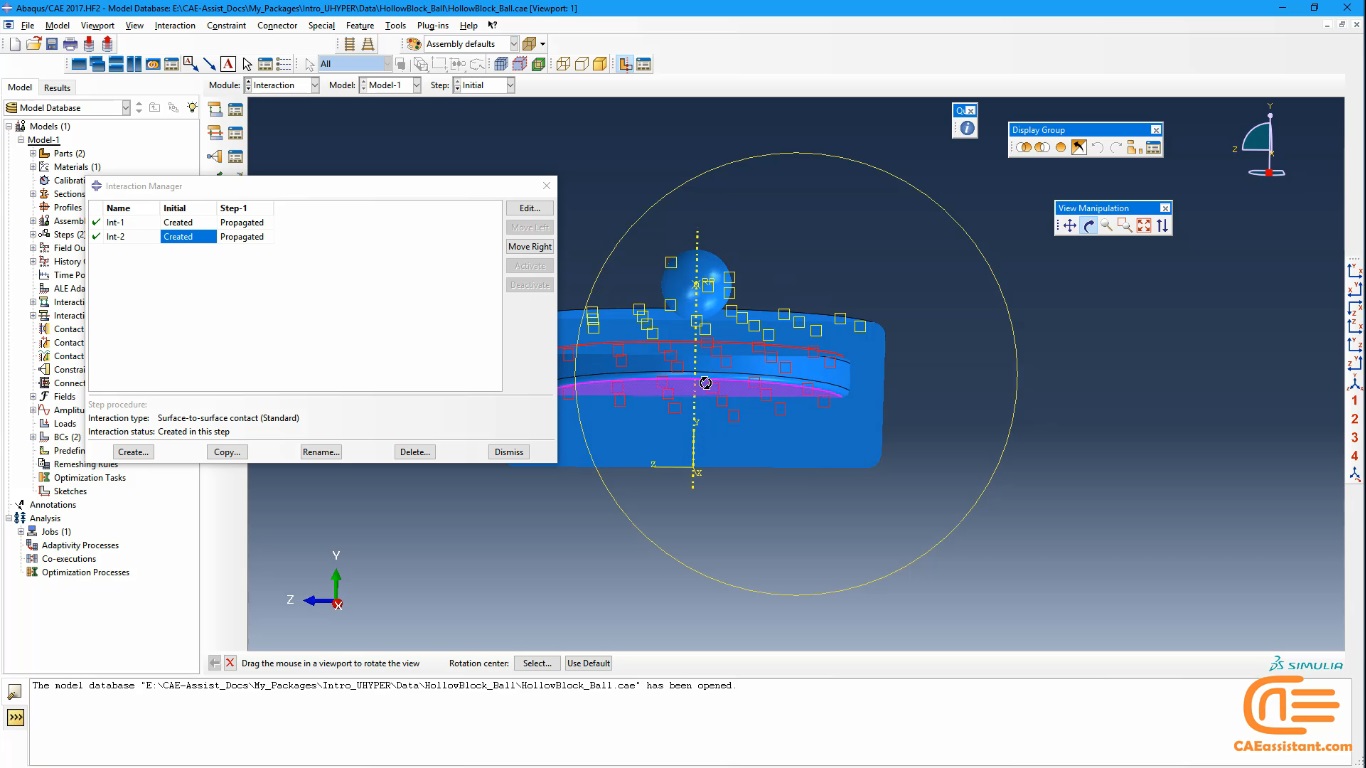
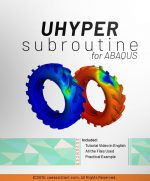
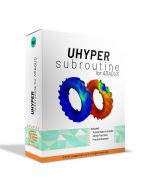
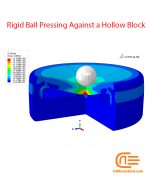



Eusebio Mussman –
best article
aiko watanabe –
A very useful course for beginners to work with HYPER Subroutine. Everything is detailed and shown, the lessons are well remembered, interesting, and practical. Thanks to CAE assistant team!